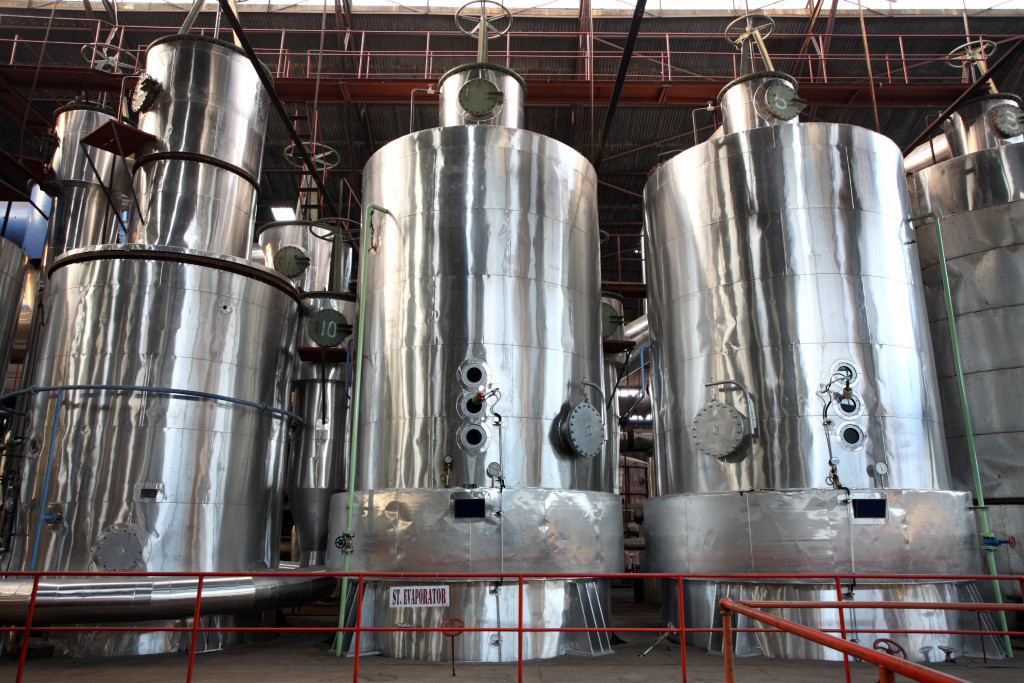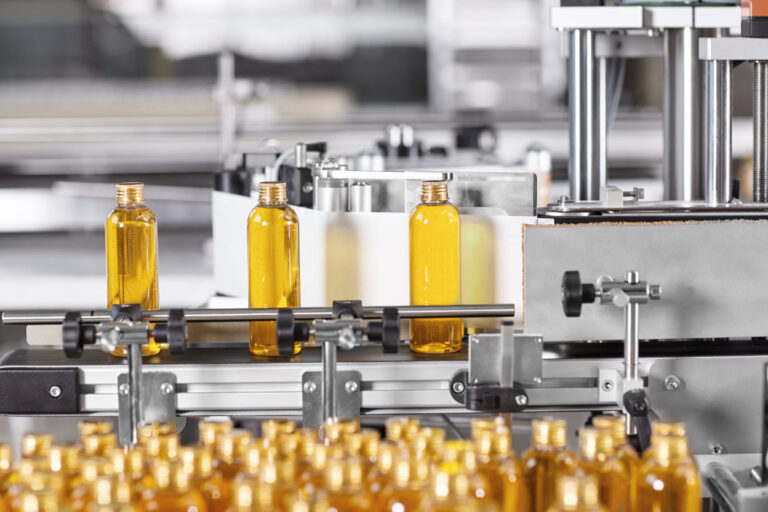As a business owner, you want the best for your food manufacturing plant. You want efficiency, productivity, and cost-effectiveness – all while producing high-quality products. That’s why process control is so important. But how can you optimize it? Here are tips to get you started:
Monitor Your Metrics
It’s essential to keep an eye on key performance indicators (KPIs) and metrics that measure the success of the production process. You can make proactive changes to maximize production output and minimize costs by monitoring these metrics with analytics software.
Some KPIs you should track include production time, quality, output rate, waste percentage, and energy consumption. Tracking these metrics will help you identify areas where improvements need to be made and ensure that your production process runs as efficiently as possible.
Eliminate Waste
One of the production process’s most important objectives is reducing waste to maximize profits. Identifying areas where waste can be reduced will help improve the efficiency of your production process and lead to better outcomes. This includes waste generated in terms of resources such as energy and water and materials used in production processes.
You should also look for new methods or technologies that could be used to reduce waste. For example, using robots can help reduce energy costs while improving the accuracy of production processes. And by investing in more efficient materials, you can reduce waste and save on costs.
Analyze Your Resources
Analyzing available resources is vital when it comes to optimizing your food manufacturing plant’s process control. By analyzing which resources are being used at what rate, you can identify areas where resource usage can be improved or optimized for better results. This could include improving energy efficiency or reducing water usage during specific processes.
Additionally, examining your employees’ workflow and seeing how long it takes to complete various tasks can help you identify areas in need of improvement. This can be done through job analysis or time-tracking software. This can help you make better decisions on how to optimize processes and ensure that your production line runs as efficiently as possible.
Implement Automation Technology
Automation technology has revolutionized the way many businesses operate today – including food manufacturing plants. Automating processes eliminates human error and increases accuracy – leading to fewer mistakes and, therefore, higher-quality outputs from each batch of products produced at your plant. It also helps streamline operations, so production time is reduced without sacrificing quality or precision.
Automation technology can also help you monitor and manage the production process in real time. This allows you to quickly identify when something is going wrong – so you can take corrective action faster and more efficiently. For example, you can use automation to monitor temperature, pressure, and humidity levels to ensure food safety standards are met.
Assess Your Processes Regularly
Assessing your processes regularly is critical for optimizing process control in your food manufacturing plant over time. Keep track of changes made throughout the year and evaluate their impact on overall performance to determine which adjustments should be made in order to achieve optimal results from each batch produced at your plant moving forward.
Additionally, it’s important to stay up-to-date on the latest trends and technologies in the food manufacturing industry. Take advantage of advancements in process control techniques, automation technology, analytics software, and other innovations that can help you improve operations at your plant. This will ensure that your production process remains efficient, productive, and cost-effective for years to come.
Get The Right Equipment

It’s also essential to ensure you have the right equipment for each process. Investing in quality and reliable machinery will ensure that operations run efficiently and effectively, with minimal downtime or disruption to production.
For example, investing in quality level switches for tanks will ensure you have the data you need to accurately measure and monitor your resources. Level switches can also help you identify when tanks are empty so that production can be halted if required. This will save energy, time, and money in the long run. You should also invest in high-quality control valves that can withstand extreme temperatures, corrosive chemicals, and other harsh conditions.
Process control is essential for achieving the best outcomes from food manufacturing plants. By monitoring metrics, eliminating waste, analyzing resources, and implementing automation technology, you can optimize process control in your plant. Additionally, assessing processes regularly and investing in quality equipment will help ensure that production runs efficiently over time. With these tips in mind, you’ll be able to create a more efficient and cost-effective production line while producing high-quality products – leading to greater success for your business.




